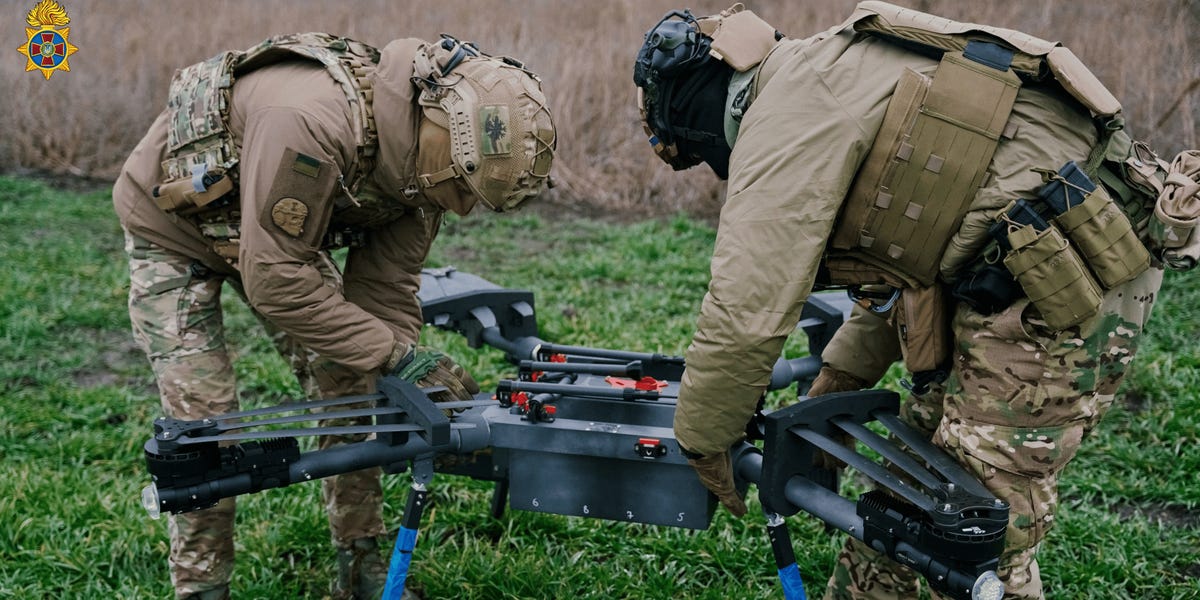Invisible Frontline: Ukraine's Drone Warriors Reveal the High-Stakes Electronic Duel Reshaping Modern Warfare

In the high-stakes technological battlefield of Ukraine's drone warfare, the elite Typhoon unit is engaged in a constant cat-and-mouse game against Russian electronic warfare capabilities. Their operators are locked in an invisible, ever-evolving struggle, continuously adapting their drone strategies to counter sophisticated Russian signal jamming techniques.
The unit's technological resilience is a testament to Ukrainian innovation, where each disrupted signal becomes an opportunity for tactical reinvention. Drone pilots are not just operators, but digital strategists, rapidly developing countermeasures that keep their aerial assets effective in an increasingly complex electronic warfare landscape.
By swiftly modifying communication protocols, switching frequencies, and implementing advanced encryption methods, Typhoon's team ensures their drones remain a critical intelligence and tactical asset. Their ability to quickly respond to Russian jamming represents more than technical skill—it's a dynamic demonstration of Ukrainian military adaptability in the face of technological challenges.

